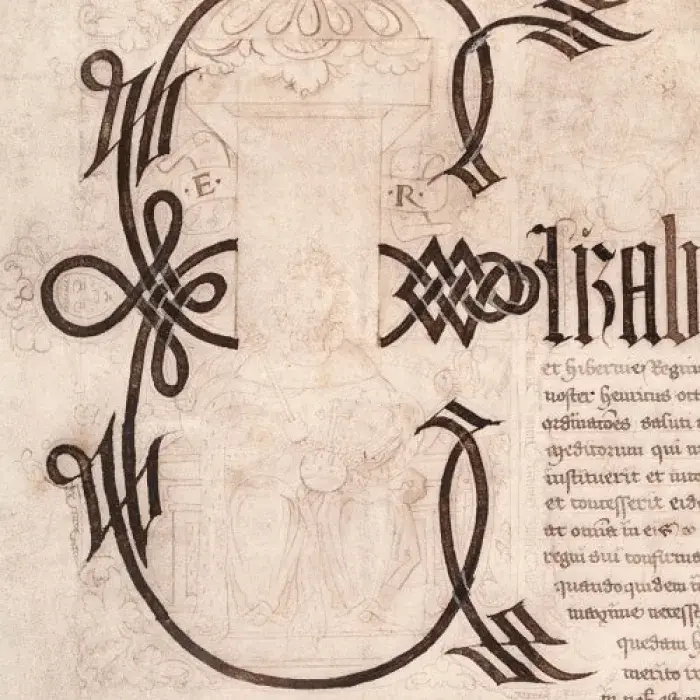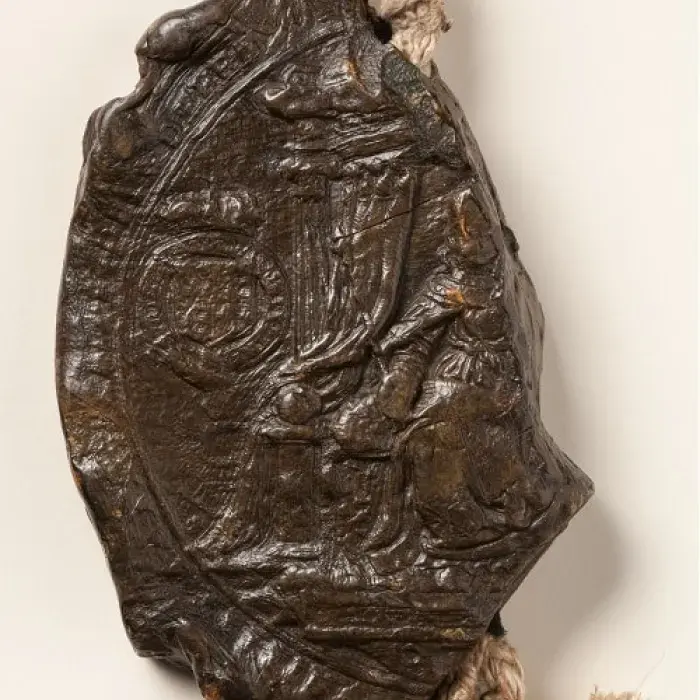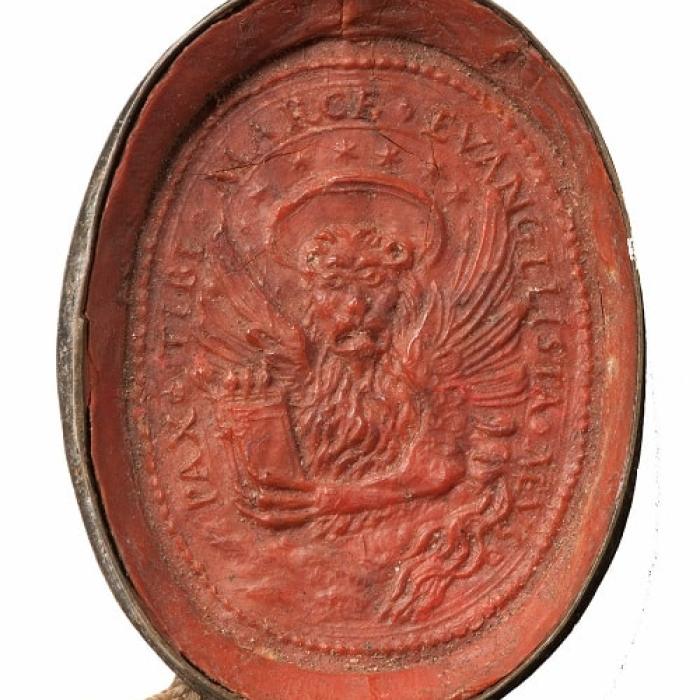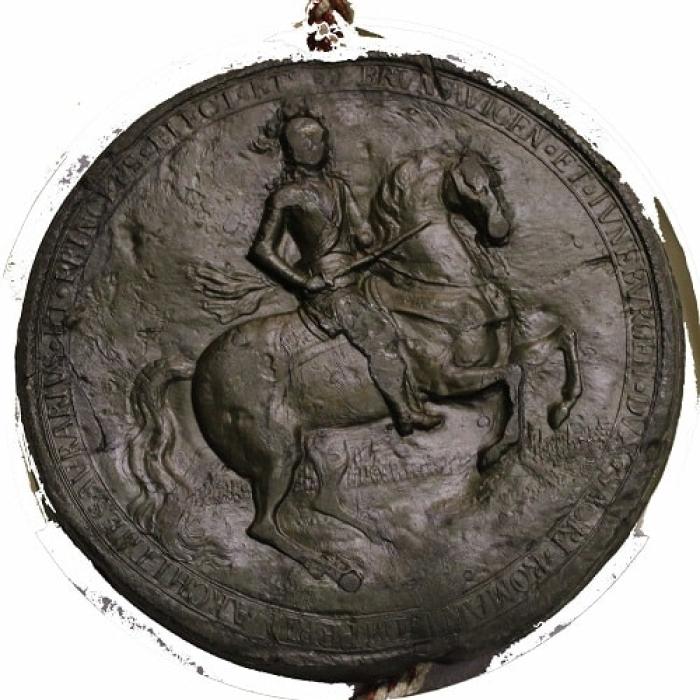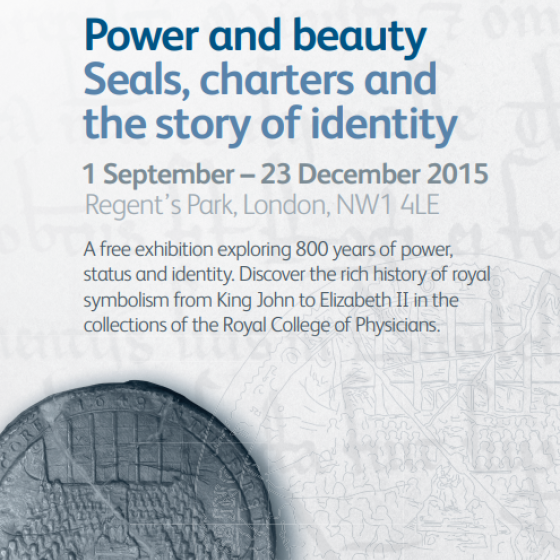More information
Related pages
Power and beauty: fakes and forgeries
This diploma of Doctor of Medicine, for John Wallace, Padua University, 1628 looks authentic. The leather binding, parchment pages, seals, decorations, illustrations and standard diploma text are all from the early 1600s.
Civil War, Commonwealth and Restoration
In the 17th century the College of Physicians had only 35 fellows at any one time, all holding widely differing religious and political opinions. Before the Civil War, eight of the fellows were court physician and some, like William Harvey, enjoyed close friendships with Charles I. But the king began to alienate his subjects, including many physicians, imposing taxes to pay for expensive wars with France and Spain.
A queen's power: seals in the RCP archives
Images of English and British queens appear on seals in the RCP archives, previously on display in the exhibition 'Power and beauty'.
Symbols for a new kingdom
Power and beauty: seals, charters and the story of identity celebrates 800 years of royal authority, power and symbolism using charters, seals and deeds from the Royal College of Physicians' collections.
Status symbols: the RCP coat of arms
The arms of the Royal College of Physicians were granted in 1546 an feature a hand coming out feeling the pulse of an arm, above a pomegranate.


